Best Practices Guide¶
This chapter addresses considerations for creating flows that are outside the scope of the technical specification. While it is possible to create a valid flow without adhering to these rules, we recommend employing these best practices to produce high-quality flows.
Project Name¶
The technical specification and the project as a whole are referred to as “Attack Flow” (with capital letters), while the individual files created using the language are referred to as “attack flows” (lower case).
Open-Source Report Selection¶
If you choose to use an open-source report to create an attack flow, it is important to assess the strengths and weaknesses of the report in order to establish a confidence level in its data and assessments. Factors affecting source quality include the manner of data collection, the level of source access to the data, report completeness, and the age and currency of the information. In addition to extracting the technical details, it is also beneficial to construct the victimology of the attack from the reports, as its inclusion will allow any reader to quickly gauge the scope and applicability of the flow to their own organization. It is important to use high-quality sources, because they will support the credibility of your flow and provide an accurate portrayal of the threat, which may be used to inform decisions on defense and resource prioritization.
Important
Key Takeaways for Selecting a Report
Reports should be transparent about where the data originates and provide a technically competent overview of an incident.
Reports should originate from a vendor with a track record of accurate reporting and first-hand analysis of the incident in question.
Reports should provide the most current information on the malware or breach.
Reports should make it easy to identify any information gaps. Use multiple sources to address gaps and corroborate the data, if possible.
Reports should distinguish between facts, assumptions, and analytical assessments.
When available, use attribution and targeting information from reports to enrich your attack flows.
Conversely, sources that do not meet the above criteria should be avoided. Sources that do not have technical expertise and the ability to analyze the malware or attack themselves (for example, news sites) are not considered optimal for creating attack flows.
Characteristics of Reports to Avoid:
Second-hand sources that simply regurgitate information about attacks instead of providing their own technical analysis.
Sources that do not provide the context in which the information was obtained.
Reports focusing mainly on a security product rather than the attack.
Sources that do not provide adequate technical information.
Examples of Reports to Avoid¶
- Cloudflare: “What are Petya and NotPetya?”
This article simply summarizes the attack and does not offer the technical detail needed to create a flow.
- Vox: “U.S. hospitals have been hit by the global ransomware attack”
This news article does not have the source credibility and technical detail needed to create a flow.
- Trellix: “Update on WhisperGate, Destructive Malware Targeting Ukraine - Threat Intelligence & Protections Update”
This article focuses on mitigation strategies and tools rather than the technical details of the attack. However, the report bases its information on a technical report by Trellix, which would be a good source to create an attack flow.
Examples of Reports to Use¶
- Crowdstrike: “NotPetya Technical Analysis - A Triple Threat: File Encryption, MFT Encryption, Credential Theft”
Crowdstrike performs a first-hand analysis of the NotPetya malware and provides a sufficient level of technical detail.
- Cisco Talos: “Ukraine Campaign Delivers Defacement and Wipers, in Continued Escalation”
Cisco performs a first-hand analysis of the WhisperGate malware and provides sufficient technical detail. This report also provides information on adversary intent, targeting, and attribution, and distinguishes between information and analytical judgements.
- The DFIR Report: “SEO Poisoning - A Gootloader Story”
DFIR performs a first-hand analysis of this attack and provides sufficient technical detail, including a detailed timeline of events.
Note
The three examples in this section have all been mapped into attack flows in Example Flows.
Mapping Reports to ATT&CK Techniques¶
General Advice¶
MITRE ATT&CK™ is a knowledge base observed adversary tactics, techniques, and procedures extracted from public threat reporting. There are hundreds of techniques in the ATT&CK knowledge base, and it can be challenging to map CTI reports if you are not familiar with the overall structure of ATT&CK.
Attention
Attack Flow does not require the use of ATT&CK. You may use adversary techniques from other knowledge bases or even proprietary techniques that are not part of any public reporting.
Consider the following steps when mapping reports to ATT&CK techniques:
Familiarize yourself with the ATT&CK Enterprise Matrix.
Read CISA’s best practices for mapping to ATT&CK.
Read through your selected report(s) and try to order the behaviors into chronological events, beginning with Reconnaissance or Initial Access tactics and ending with the Impact of the attack.
If the order of events is unclear in your report, you may need to compare several technical reports to determine a timeline.
Once you have your order of events, assign a technique to each event. You may need to conduct further research on the behavior to determine the best-fitting technique.
Use the Center for Threat-Informed Defenses ATT&CK Powered Suit browser extension to quickly research ATT&CK techniques, groups, and more.
Set the confidence property in your actions to reflect any potential uncertainty in your sources.
Example Technique Mapping¶
This section works through an example of mapping a report to illustrate the process. The report used is from Cisco Talos: “Iranian APT MuddyWater targets Turkish users via malicious PDFs, executables”. The corresponding “Muddy Water” Attack Flow can be found in Example Flows. The “Muddy Water” Attack Flow has some additional details and depicts two variants of the Muddy Water beahvior. This section is based on the older variant of Muddy Water campaigns.
Initial Access
The adversary gains initial access to the system through the distribution of PDF files containing embedded links.
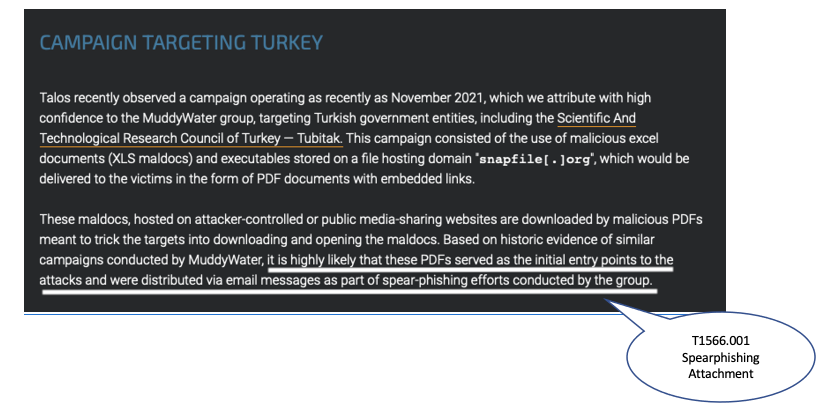
Execution
The malware requires user-interaction to execute.
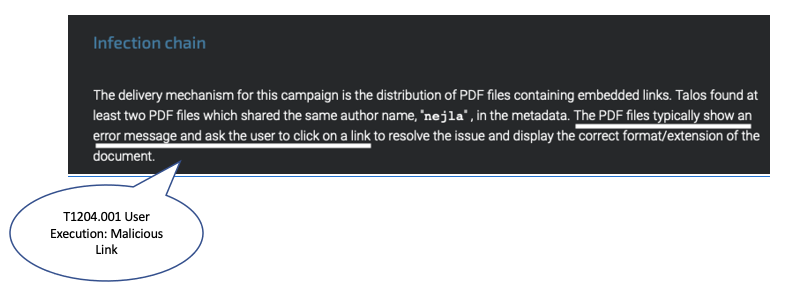
Command and Control
This report downloads two variants of the infection chain. The PDF either downloads malicious XLS files or a Windows executable from an attacker-hosted website. In an attack flow, multiple paths would be passed using an operator “OR”/”AND.” However, for the sake of this example, we will only map the first variation.
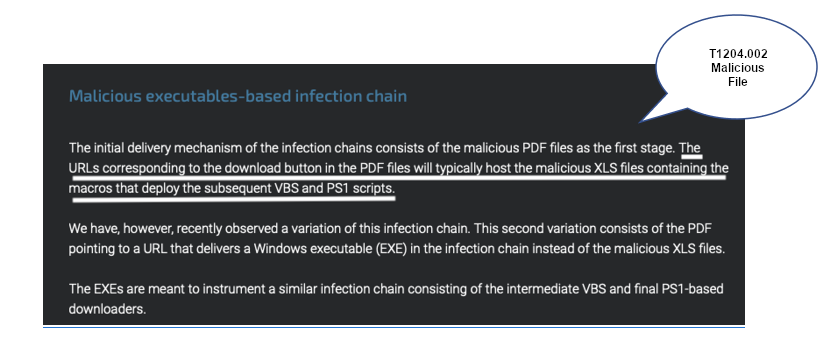
Infection Chain
The malicious XLS file variation executes via VBA macros and establishes persistence.
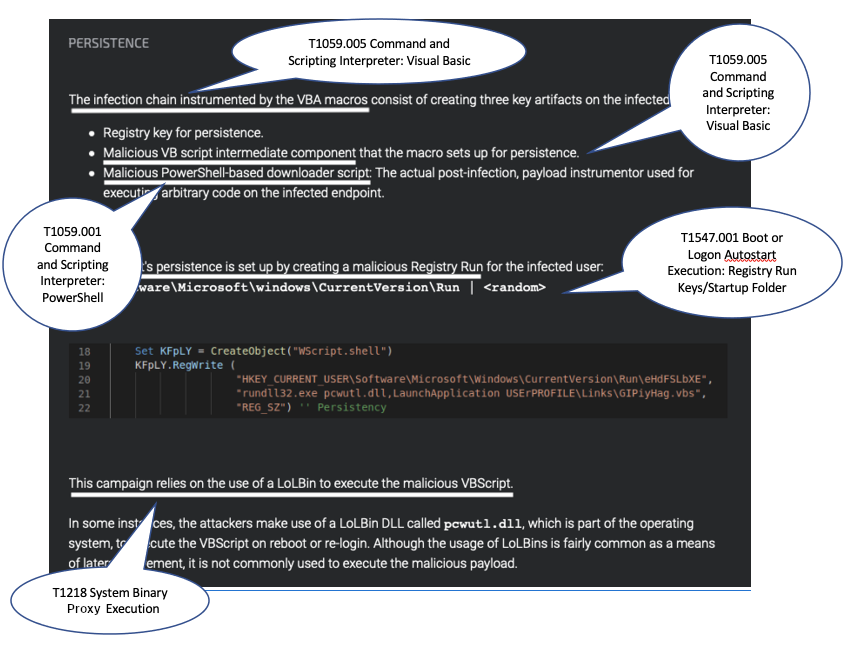
There was no ATT&CK technique associated with this Canary Token technique that may have served as a means of defense evasion or anti-analysis. The action was simply named “Canary Token Execution.”

This variation of the malware concludes with the PowerShell downloader reaching out to a remote location for the final payload, which Cisco was unable to obtain.

Impact
Because Cisco was unable to obtain the final payload, we cannot determine the objective of the attack. However, we can assess possible impact based on information in the report on Muddy Water’s observed behavior in past campaigns. We will reflect this uncertainty in our flow in the Action descriptions and confidence property and by using an OR operator.

Flow Structure¶
The following best practices pertain to how the individual objects are arranged together to form an attack flow.
Begin a flow with either a Reconnaissance, Resource Development, or Initial Access Technique. If the Initial Access vector is unknown, begin the flow with a condition stating that the Initial Access vector is unknown, along with any other details on the compromised state of the system. If there are multiple possible Initial Access vectors, combine them using an OR operator.
Use preconditions to enhance human understanding of the flow. If a set of actions are self-explanatory, omit the precondition and connect the actions to each other directly. For example, the NotPetya encryption routine does not require preconditions in between the actions.

A condition object is not necessary between these actions because the relationship between is very obvious.¶
End a flow with an Impact technique. If the Impact is unknown, end the flow with condition stating that the impact is unknown, along with any other relevant details.
Flow Data¶
The description field for the flow is open-ended but should bring context and relevance to the flow. For example, include information on attribution, targeted company/industry/geography, specific technologies targeted, etc. This helps readers can quickly gauge the relevance of the attack to their own assets. You may also want to include lessons learned, IOCs, or any other information that will inform threat prioritization and decision-making.
Action descriptions should provide sufficient detail and not simply repeat the technique name. For example, “Exploits remote services,” is a poor description because it is a rephrasing of a technique name. A better description would be, “to move laterally, NotPetya tests for vulnerable SMBv1 condition (Eternal Blue/Eternal Romance exploit) and deploys an SMB backdoor.””
Refrain from attaching conditions directly to other conditions. Although the specification does not forbid this, it is duplicative and wastes space. Consider combining the two conditions into one object with a description that describes both aspects of the state.
Quality Criteria for Public Corpus¶
The project includes a number of Example Flows. We encourage you to submit flows you create for inclusion in this public corpus. Additions to the public corpus should follow the best practices described above as well as meet the following requirements:
The flow must be sufficiently complex for submission. The flow must have no fewer than 10 actions and must make proper use of preconditions and operators.
The flow must contain at least one source in the metadata. Source must be credible and technically competent.
